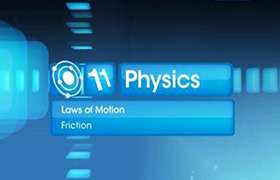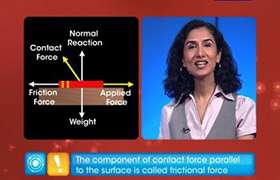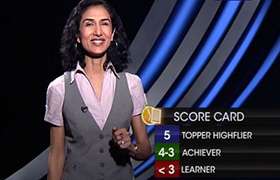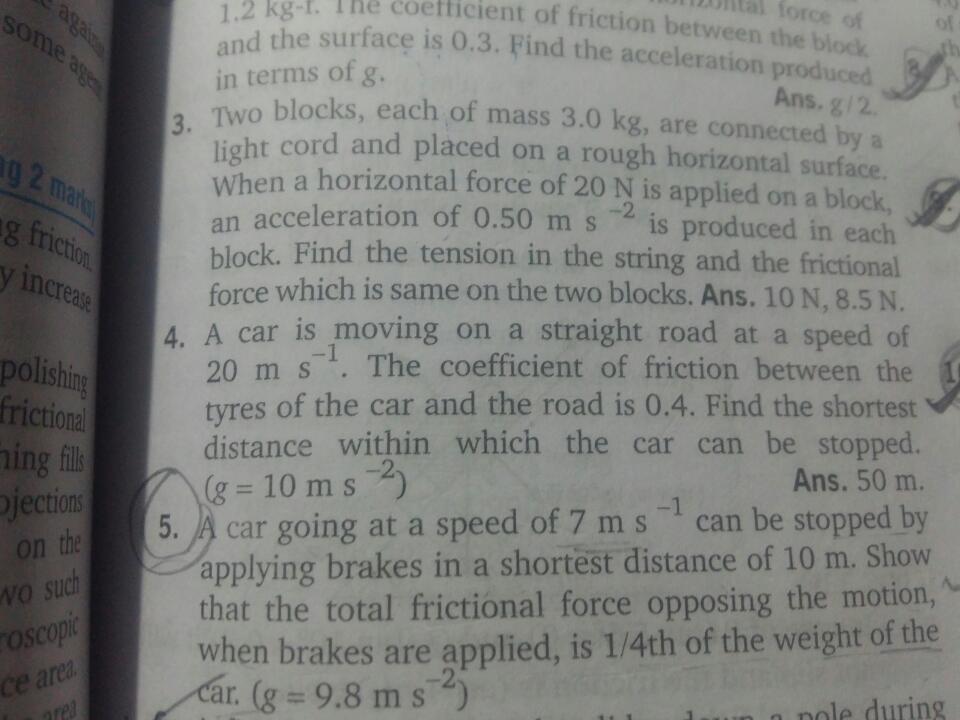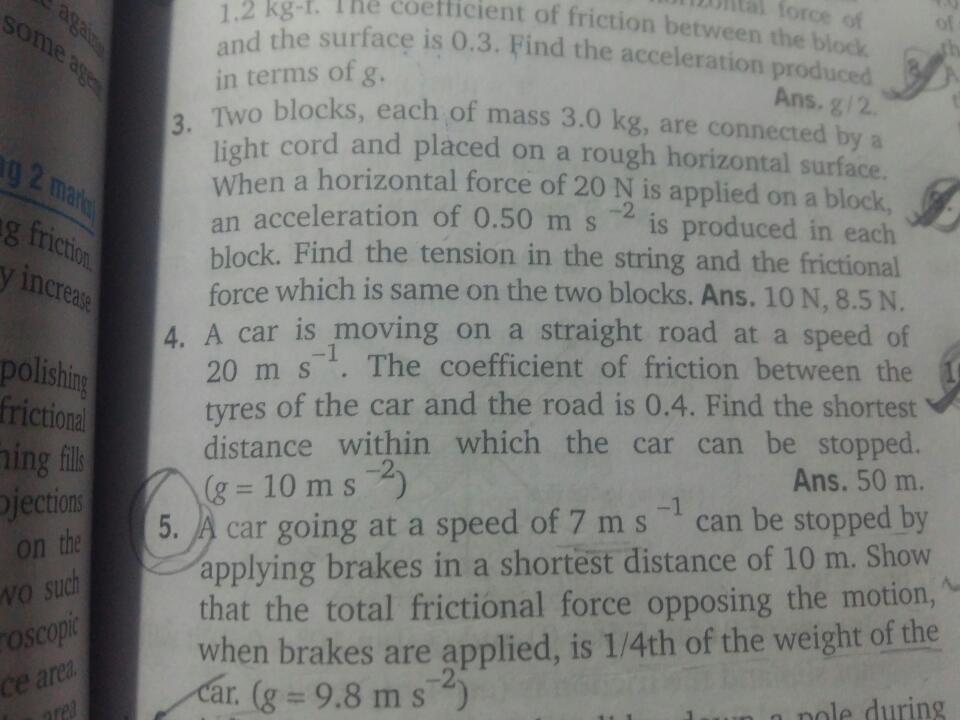CBSE Class 11-science Answered
A cyclist is riding with a speed of 27km/h .As he approaches a circular turn on the road of radius 80m, he applies brakes and reduces his speed at the constant rate of ,5m/s every second. What is the magnitude and direction of the net acceleration of the cyclist on the circular turn?
b. Two inclined planes frictionless tracks ,one gradual and the other steep meet at A from where two stones allowed to slide down from rest .one on each track. Will the stones reach the bottomat the same time?Will they reach there with the same speed? show mathematically.
Asked by pragyanshree mishra | 03 Mar, 2015, 08:59: PM
The motion of a cyclist is represented in the following diagram.
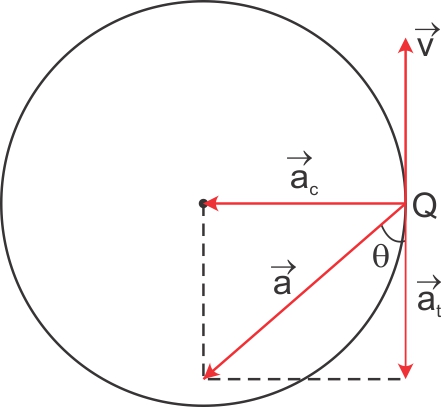
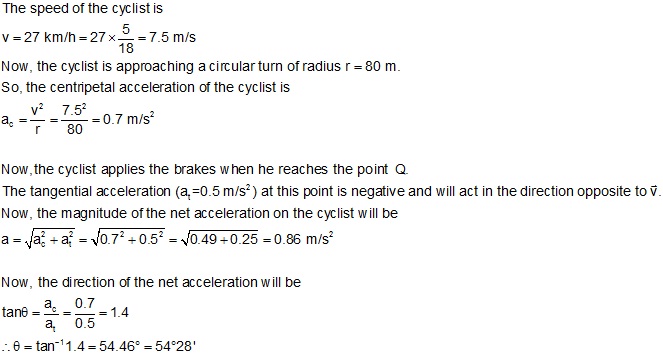
Kindly ask the other question as a separate query.
Answered by Romal Bhansali | 04 Mar, 2015, 02:15: PM
Concept Videos
CBSE 11-science - Physics
Asked by nusratjan246 | 07 Aug, 2020, 11:26: AM
CBSE 11-science - Physics
Asked by kaustubh | 17 Mar, 2019, 10:49: PM
CBSE 11-science - Physics
Asked by lovemaan5500 | 22 Jan, 2019, 08:59: PM
CBSE 11-science - Physics
Asked by lovemaan5500 | 22 Jan, 2019, 08:55: PM
CBSE 11-science - Physics
Asked by Topperlearning User | 04 Jun, 2014, 01:23: PM
CBSE 11-science - Physics
Asked by Topperlearning User | 04 Jun, 2014, 01:23: PM
CBSE 11-science - Physics
Asked by Topperlearning User | 06 Jun, 2014, 07:51: AM
CBSE 11-science - Physics
Asked by Topperlearning User | 06 Jun, 2014, 08:32: AM
CBSE 11-science - Physics
Asked by Topperlearning User | 06 Jun, 2014, 08:34: AM
CBSE 11-science - Physics
Asked by Topperlearning User | 06 Jun, 2014, 08:37: AM

